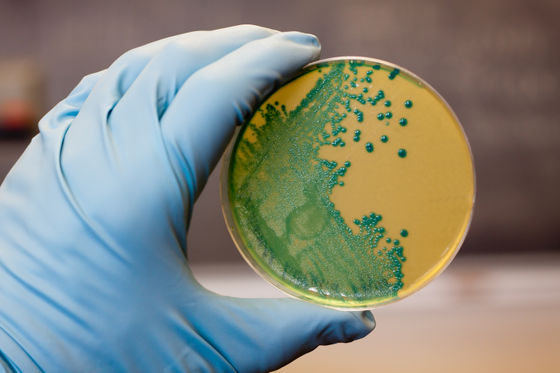New space-adapted microbes discovered on Chinese space station

by
A previously unseen bacterium has been discovered in the Tiangong space station, which China has been operating since 2021, and has been named Niallia tiangongensis after the space station.
Niallia tiangongensis sp. nov., isolated from the China Space Station | Microbiology Society
https://www.microbiologyresearch.org/content/journal/ijsem/10.1099/ijsem.0.006693
Unknown strain of bacteria found on China's Tiangong Space Station — and it's developing resistance to space | Live Science
https://www.livescience.com/space/space-exploration/unknown-strain-of-bacteria-found-on-chinas-tiangong-space-station
New species of space-adapted bacteria discovered on China's Tiangong space station | Space
https://www.space.com/space-exploration/human-spaceflight/new-species-of-space-adapted-bacteria-discovered-on-chinas-tiangong-space-station
N. tiangongensis was found in samples taken from the surface of the space station by the crew of the Shenzhou-15 manned spacecraft delivering three People's Liberation Army astronauts to Tiangong.
Analysis of the samples revealed that the bacteria found on the Tiangong Islands are closely related to Niallia circulans, a bacterium found in soil and sewage on Earth that can cause sepsis in immunocompromised patients. Further detailed observations and genome analysis confirmed that the bacteria is a new species that has never been discovered before.

Scientists have found structural and functional differences in the two proteins in N. tiangongensis that may help the organism survive in the space environment by making it more responsive to oxidative stress, helping it repair damage caused by radiation, or forming a protective biofilm.
'The strain found on the space station exhibited a unique ability to hydrolyze gelatin, suggesting its potential use as a substrate in nutrient-limited environments,' researchers from Shenzhou Astrobiology and Technology Group and Beijing Spacecraft Systems Engineering Institute, who conducted the analysis, wrote in a paper.
It is not yet known whether N. tiangongensis poses a danger to humans, but future research may lead to a better understanding of how these bacteria survive in space and how to protect astronauts from the risks posed by these space-adapted bacteria.
The space station is a clean environment that is constantly exposed to high levels of radiation, but it is not completely sterile because the plants and animals brought in for biological experiments, as well as the crew members who enter and leave the space station, carry many microorganisms.
In 2021, it was reported that three of the four types of bacteria found in air filters on the International Space Station (ISS) were previously unknown new species.
Unknown bacteria discovered from the International Space Station - GIGAZINE

Although not a new species of bacteria, a Japanese research project called Project Tanpopo , which was carried out on the ISS, demonstrated that a radioresistant bacterium can survive in space for long periods of time, providing important insight into the panspermia hypothesis , which states that life on Earth originated in space.
It turns out that microorganisms can survive for long periods in outer space, which could provide strong evidence for the theory that 'life came from space' - GIGAZINE

Related Posts:
in Science, Posted by log1l_ks






